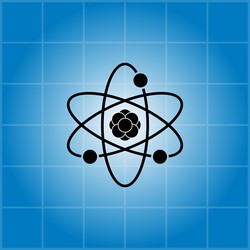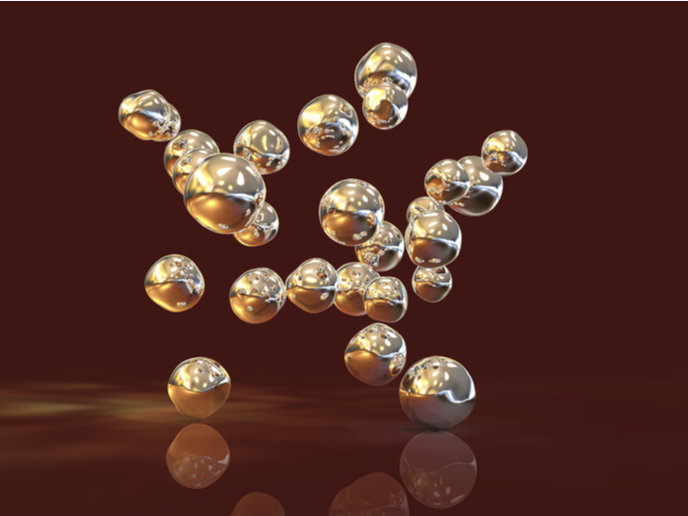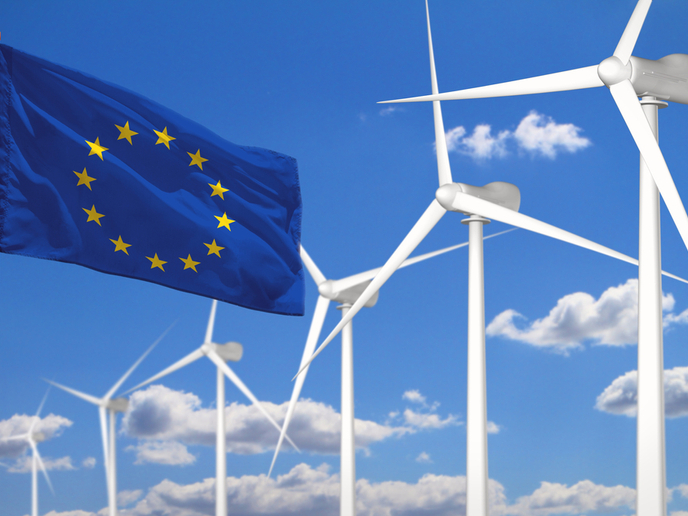High-efficiency thermoelectric devices thanks to spintronics
EU-funded researchers successfully developed and experimented with new materials and devices that use cutting-edge conversion technology to more efficiently collect the energy abandoned as waste heat and turn it into electric power. Thermoelectrics technology that converts waste heat back from polluting power plants to electricity could potentially save energy and reduce harmful emissions. Conventional devices that utilise the Seebeck effect have the benefits of low cost and durability, but their energy conversion efficiency is insufficient in most cases. In the EU-funded project THERMO-SPINTRONIC (High performance energy conversion by the interplay between thermoelectricity and spin Seebeck effect), researchers worked around this barrier by designing new thermoelectric devices that combine the traditional Seebeck effect and the spin Seebeck effect. Spin Seebeck devices convert heat into electron-spinning energy. When a temperature gradient is applied on the interface of an electric conductor and a magnet, spin voltage is thermally generated and it injects a spin current into the conductor. Besides metals, spin Seebeck effect has also been demonstrated in semiconductors and even insulators. The spin Seebeck effect is bringing fresh momentum to the field of spintronics, enabling versatile generation of spin currents from heat. Researchers initially investigated metal oxide materials consisting of well-known conductive oxides such as magnetite to obtain new insight into the interplay between these two Seebeck effects. Optimised heterostructures formed by several bilayers with one ferromagnetic layer and one non-magnetic layer proved to successfully maximise the spin voltage and thus spin-to-charge conversion. Thanks to THERMO-SPINTRONIC, the field of thermoelectrics might have taken a notable step forward through insights into fundamental processes of the spin Seebeck effect and creation of new devices that offer much higher heat-to-electricity conversion efficiencies.
Keywords
Thermoelectric, spintronics, waste heat, THERMO-SPINTRONIC, spin Seebeck effect







